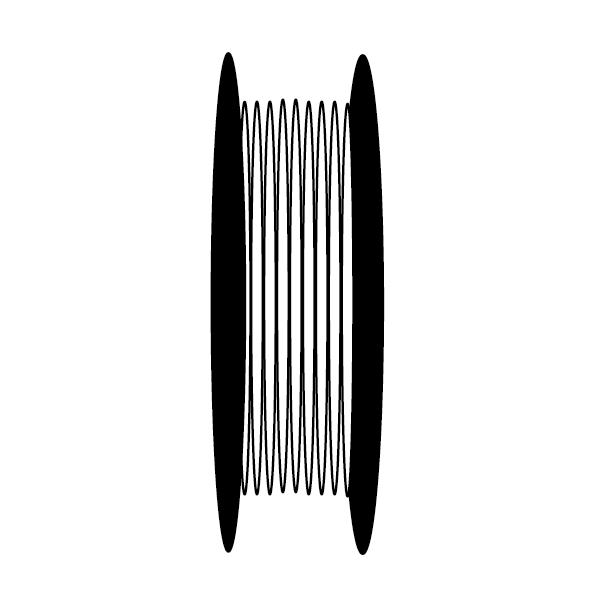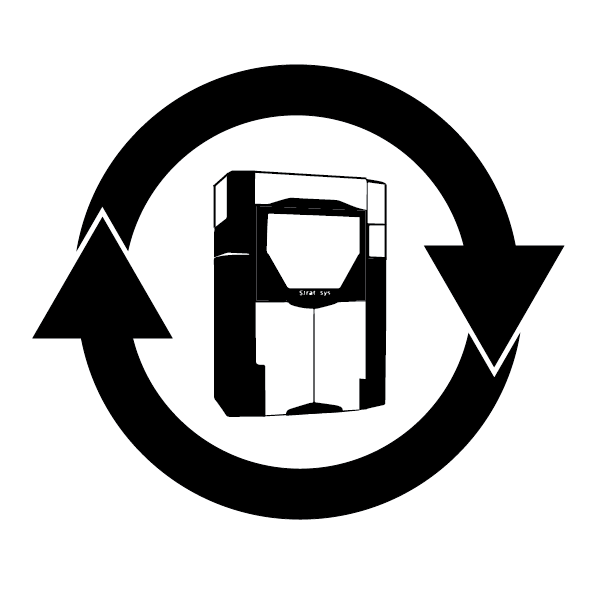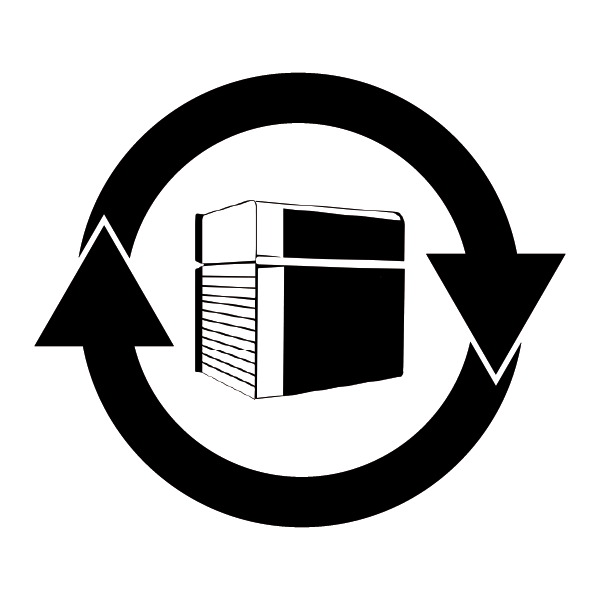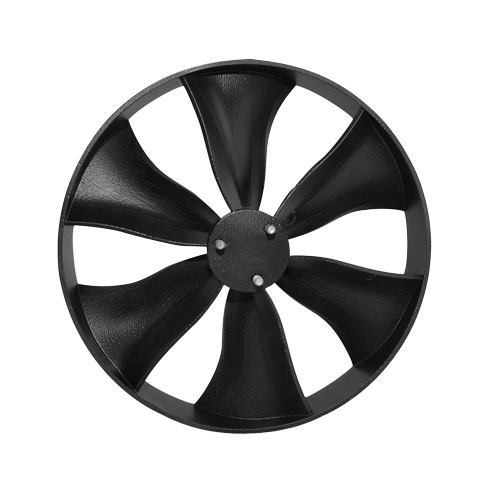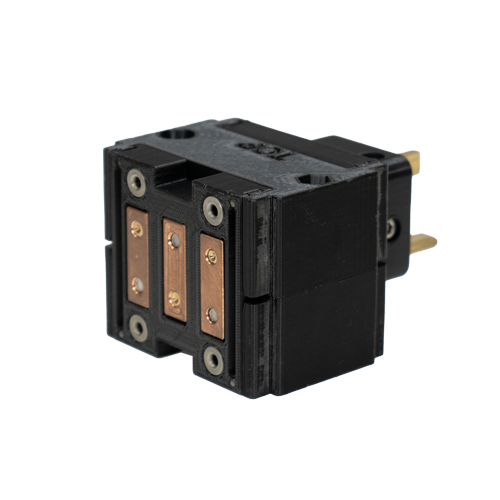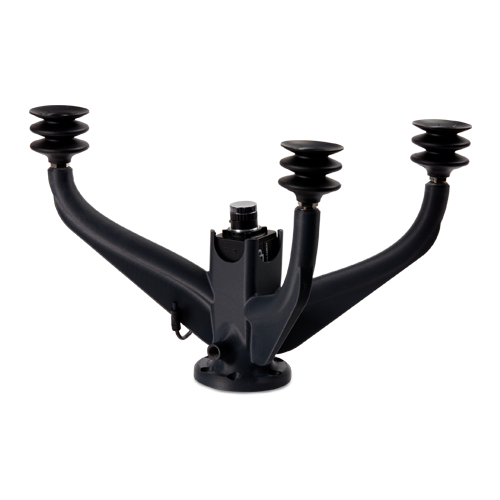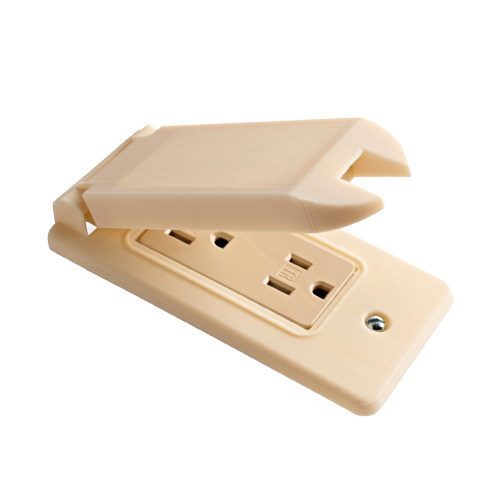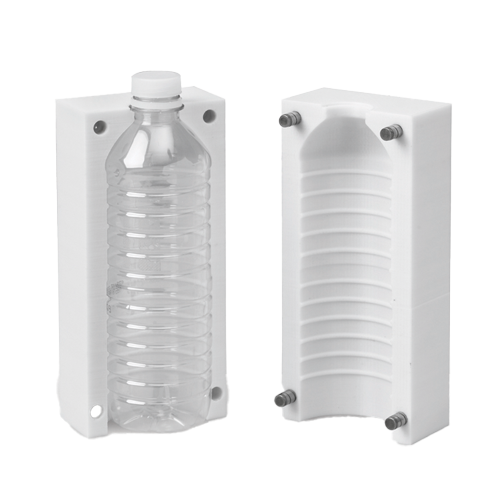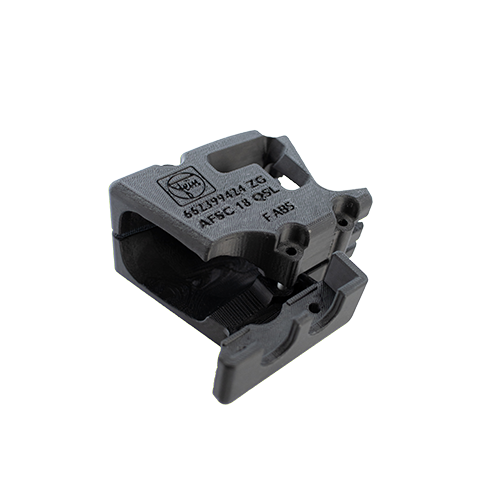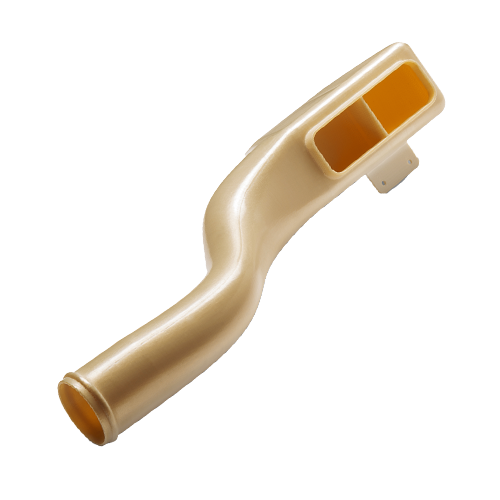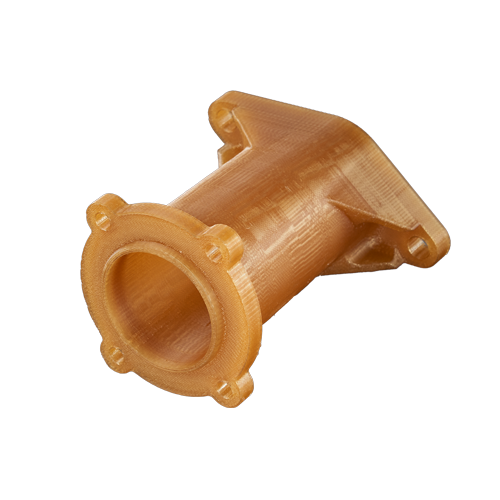Stratasys FDM material alternative
Fused Deposition Modeling (FDM) is an extrusion-based 3D printing technology that utilizes thermoplastic materials to create objects layer by layer until the final shape is formed. This advanced manufacturing method allows for the production of highly customized parts and components with precise measurements, catering to a diverse range of purposes from prototyping to producing end-use parts.
The thermoplastics used in FDM technology are ideal for producing dimensionally stable components that can withstand a wide range of environmental influences. FDM materials are often used in industries such as aerospace, automotive, and tool and fixture making due to their robust yet durable component properties. Some of the most commonly used thermoplastics in FDM printing include acrylonitrile butadiene styrene (ABS), polylactic acid (PLA), and nylon but there is a variety of other FDM materials available.
FDM materials from iSQUARED - Producing dimensionally stable and durable components
iSQUARED offers with its versatile FDM material portfolio a cost-effective and efficient way to produce parts with high quality, accuracy and durability using Fused Deposition Modeling technology. With savings of up to 50% and with guaranteed compatibility, our material is an affordable and reliable alternative to Stratasys FDM materials.
FDM spool changes - quick and easy
Our FDM spools are delivered without cassettes. To promote sustainability, we advocate for the reuse of the Stratasys cassettes, which can easily be opened and refilled with our products. Our tutorial shows how to install the iSQUARED FDM Spool into the original Stratasys cassette without expertise. Of course, we can also preinstall our material into the cassatte like known from the OEM, if the self-conversion is not suitable for you.
ABS
ABS material is the classic among 3D printing materials. Due to its strength, ABS 3D printing material is particularly suitable for functional prototyping, end-user parts manufacturing and mold testing.
ABS-ESD
ABS-ESD material is characterized by its electrostatic dissipative properties. The FDM thermoplastic is therefore often used in the electrical industry to print dissipative fixtures or devices.
ABS-CF
ABS-CF material is an ABS thermoplastic reinforced with carbon fiber, which is characterized by strength and rigidity. The ABS-CF material is widely used for the construction of manufacturing tools.
ASA
ASA Material is a UV-resistant thermoplastic with very good mechanical properties. ASA material is therefore popular for applications exposed to environmental influences such as socket covers on houses exterior walls.
Polycarbonate
Polycarbonate material, shortened to PC, is a robust plastic that offers high dimensional accuracy of printed parts due to its properties such as dimensional stability, heat resistance and rigidity.
PC-ABS
PC-ABS material is the combination of ABS and polycarbonate materials. The plastic offers the highest impact resistance of all FDM materials and is therefore often used for robust prototypes and tools.
ULTEM 9085
ULTEM 9085 is a high-performance thermoplastic and one of the strongest FDM materials. The material is characterized, among other things, by high strength with low weight and very good chemical compatibility.
ULTEM 1010
ULTEM 1010 material is the strongest FDM material due to its outstanding strength and high heat resistance. The Ultem 1010 3D printing material is particularly suitable for lightweight composite parts.
Support Materials
Support materials allow objects to be printed with more complex geometries such as overhangs, bridges, and other features by providing extra structural reinforcement during the printing process.


